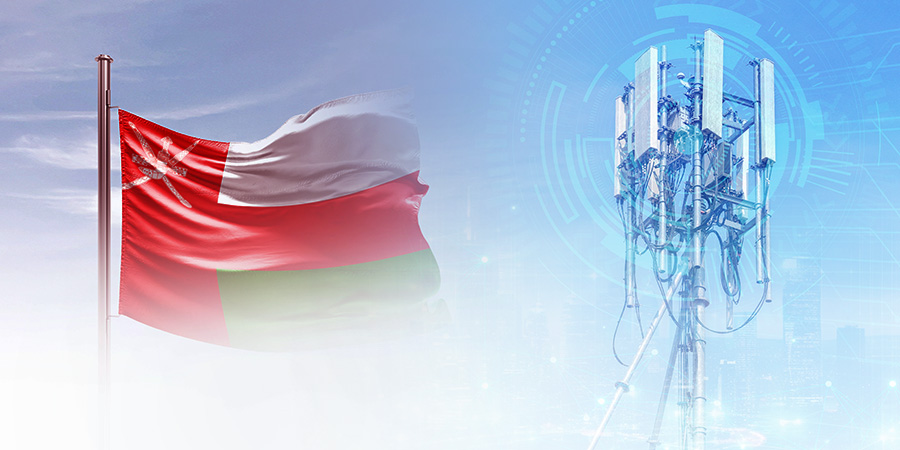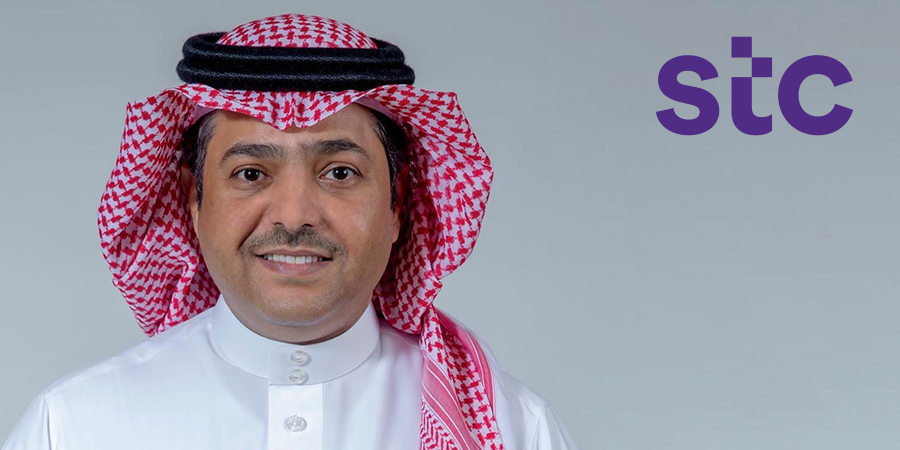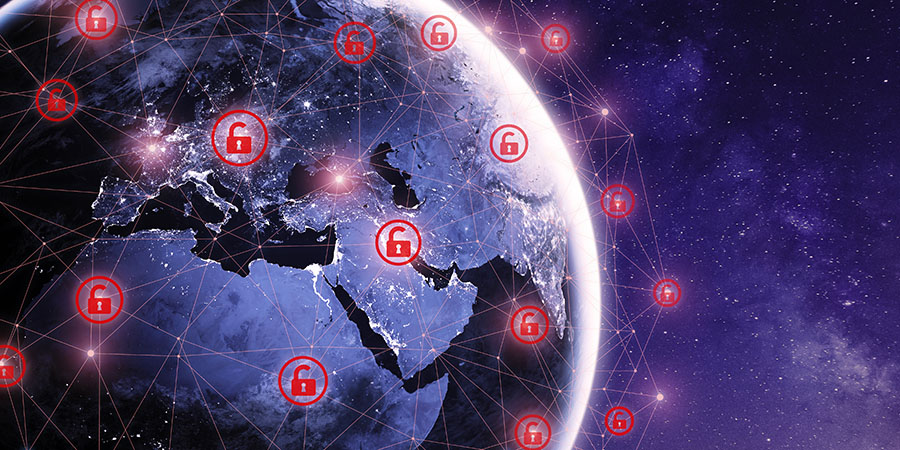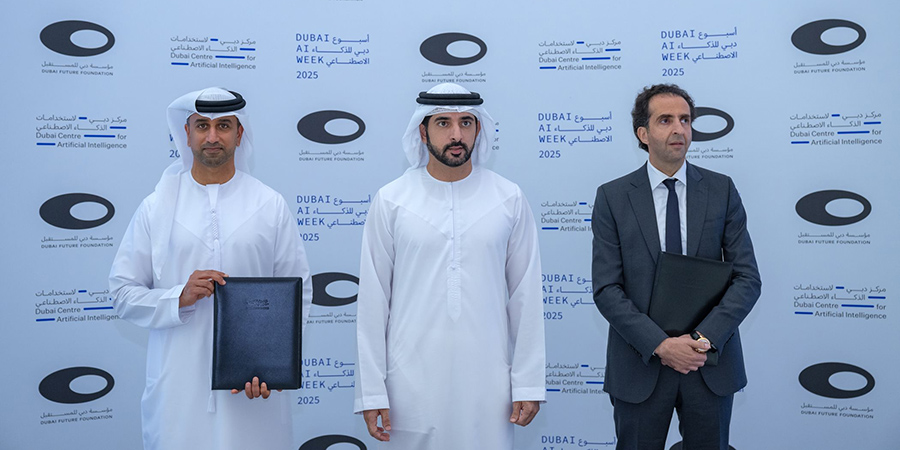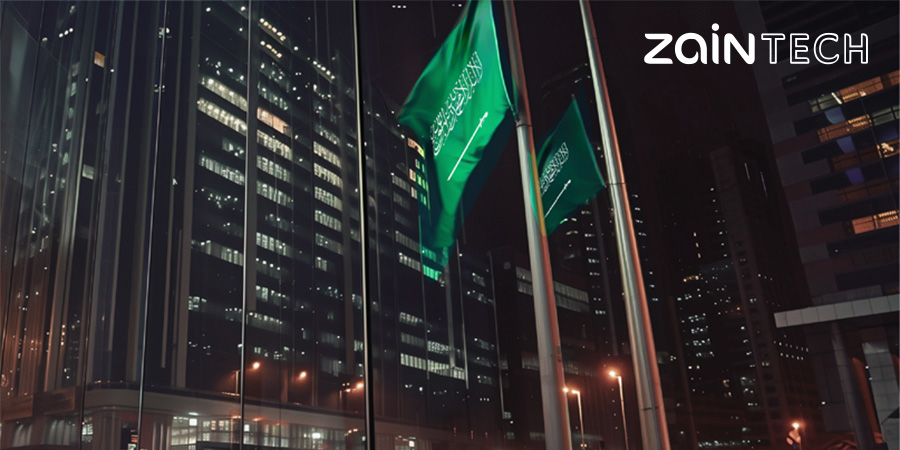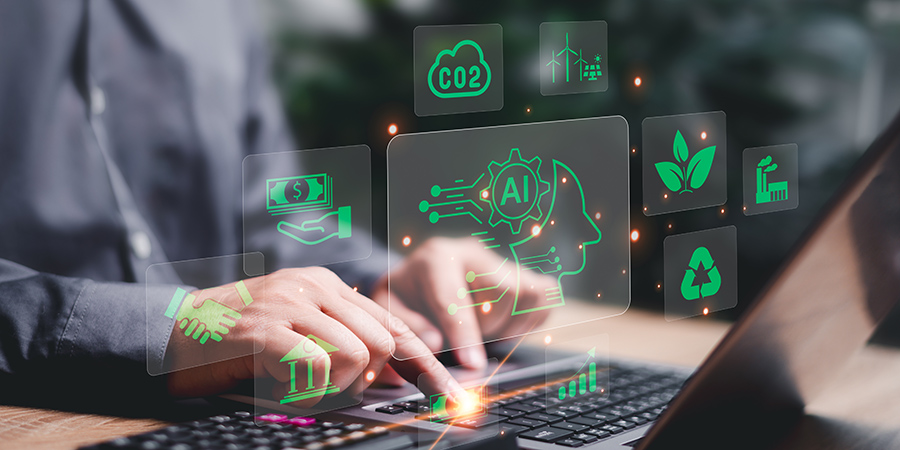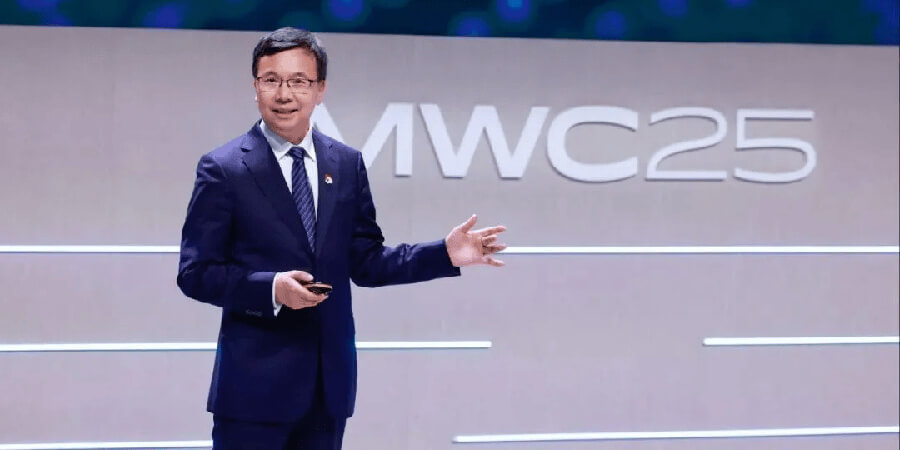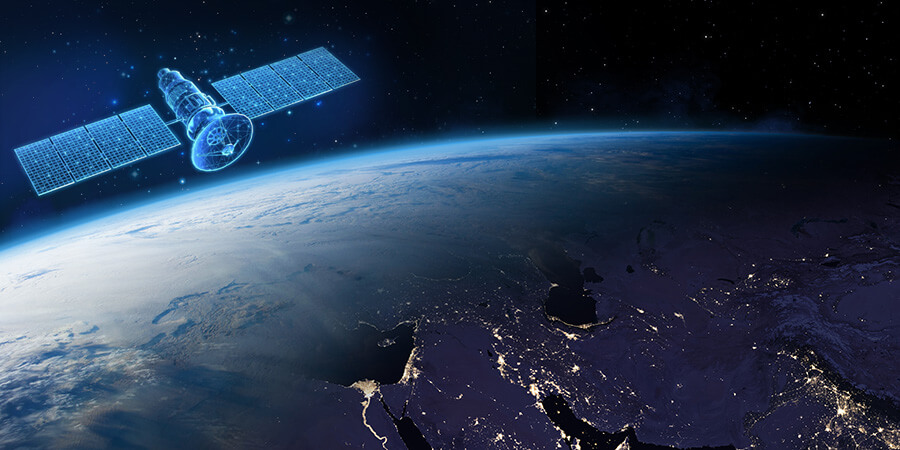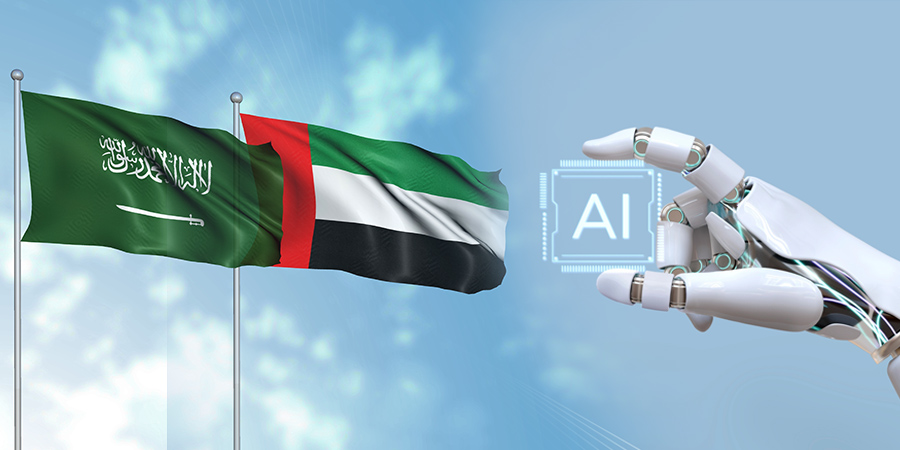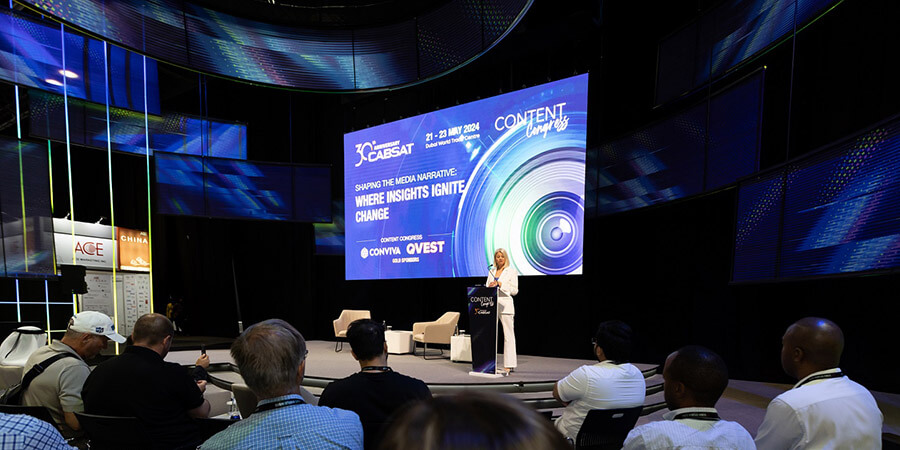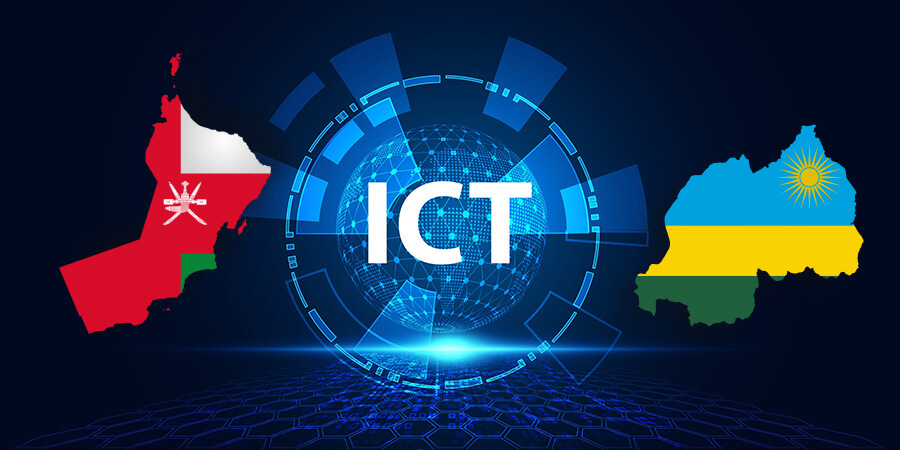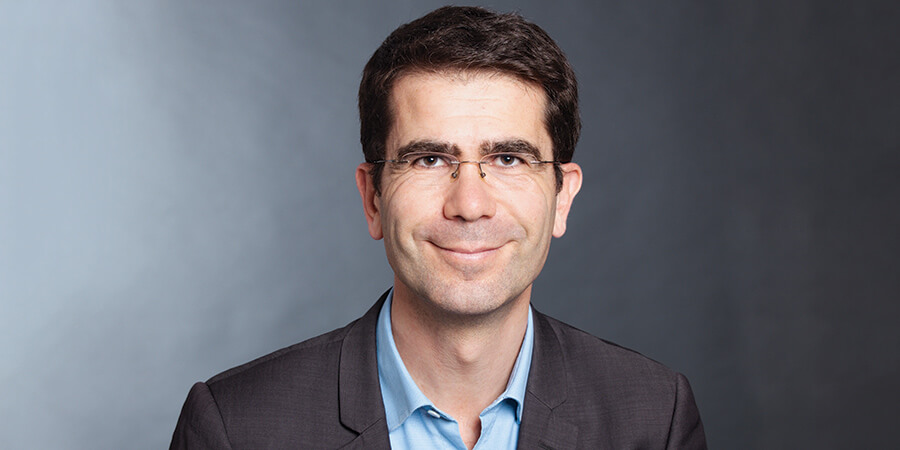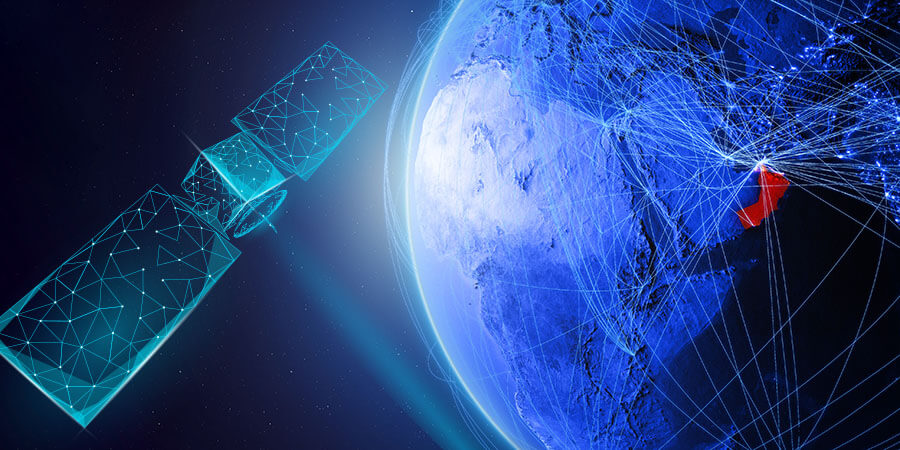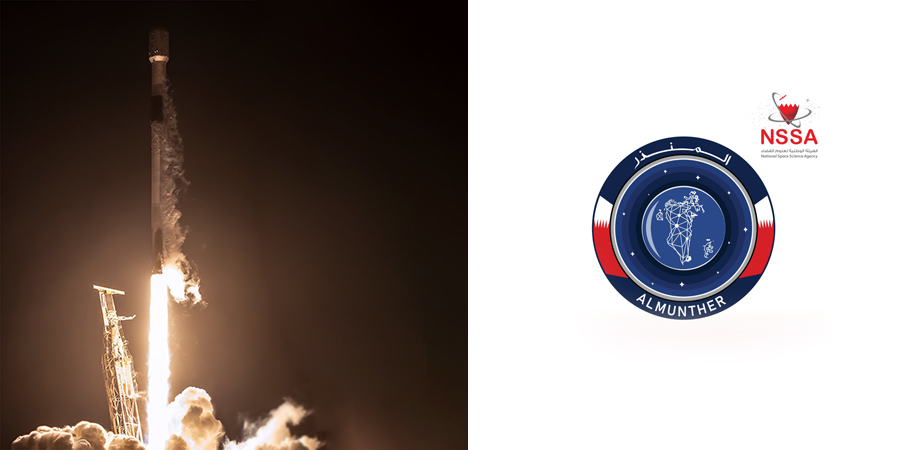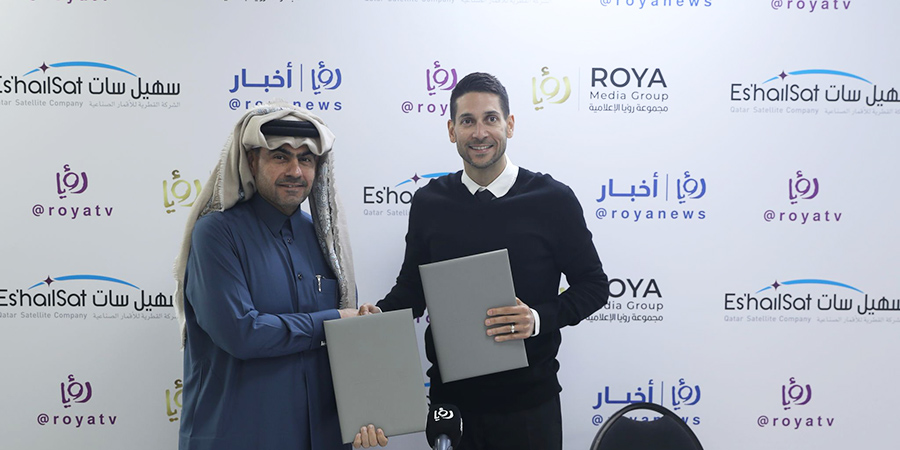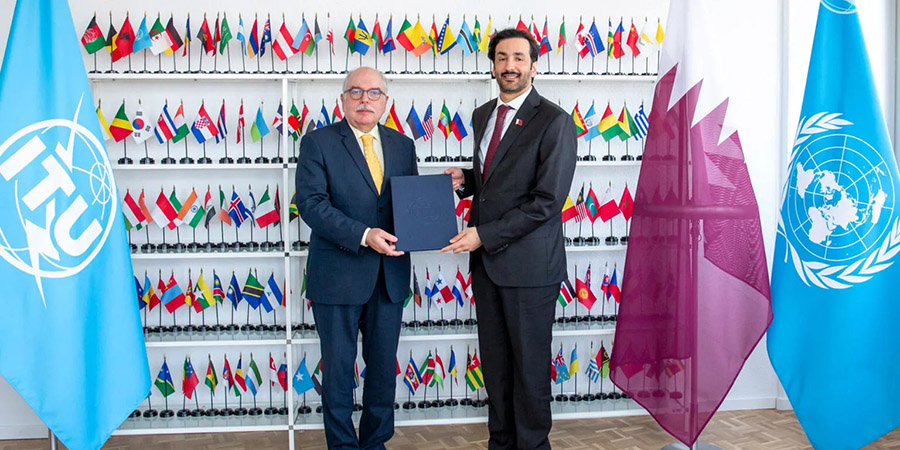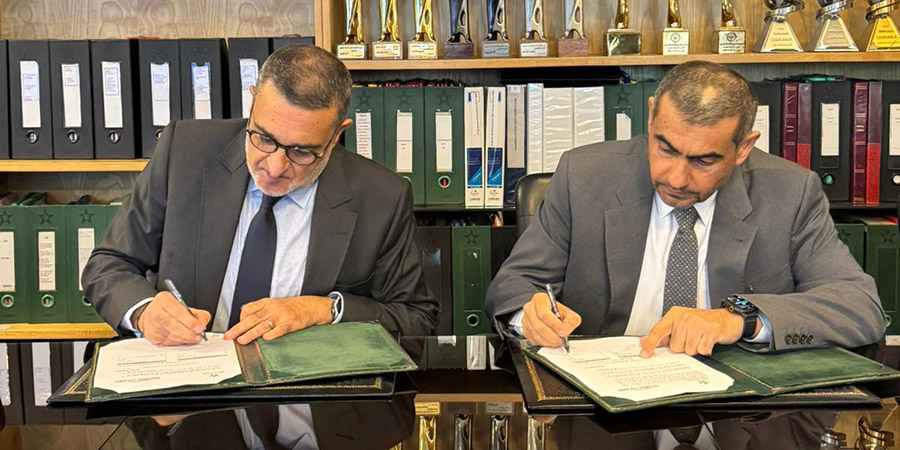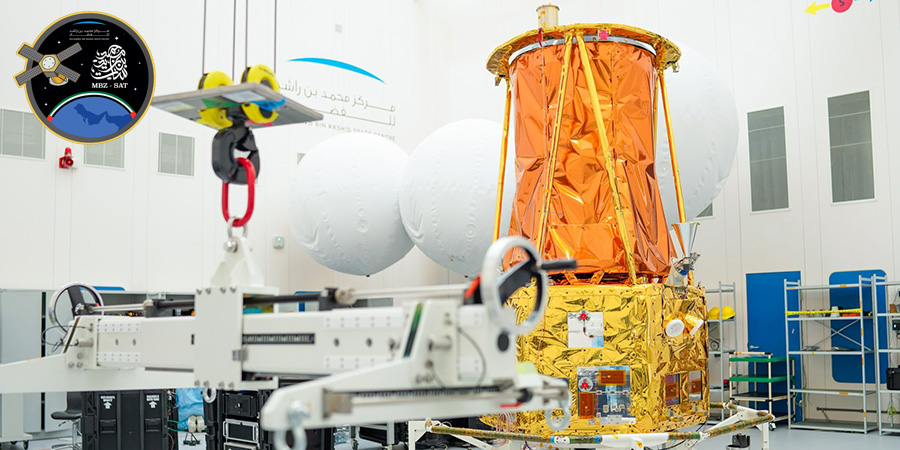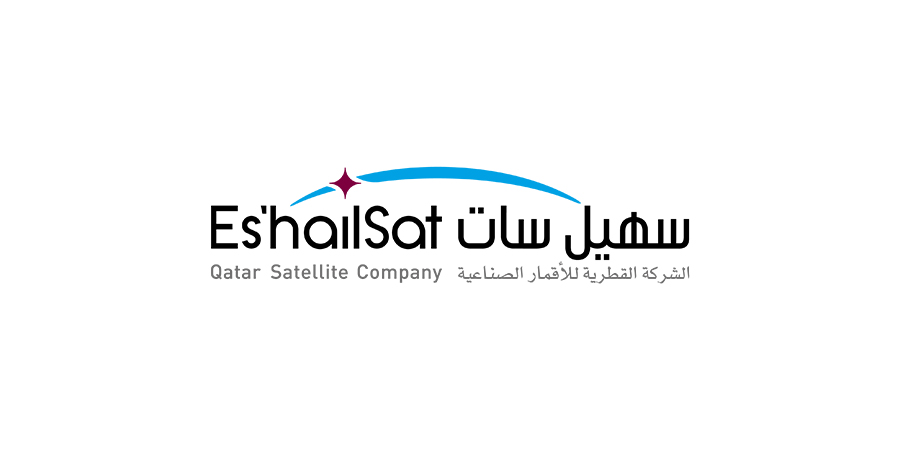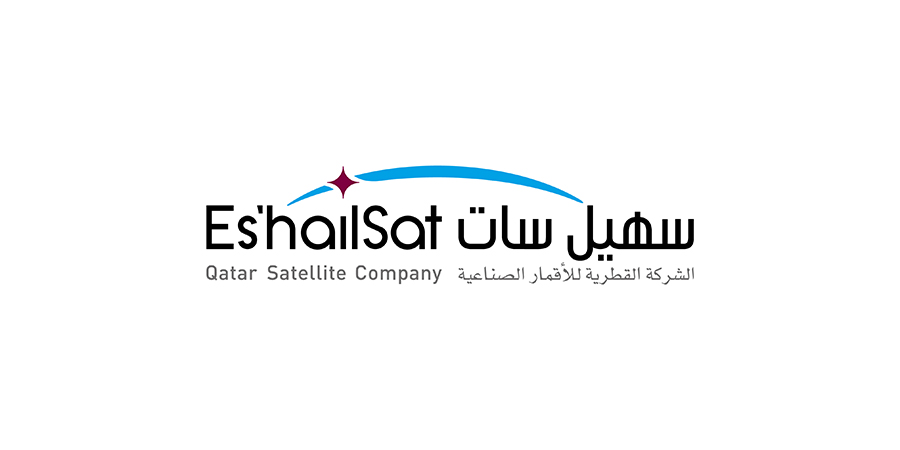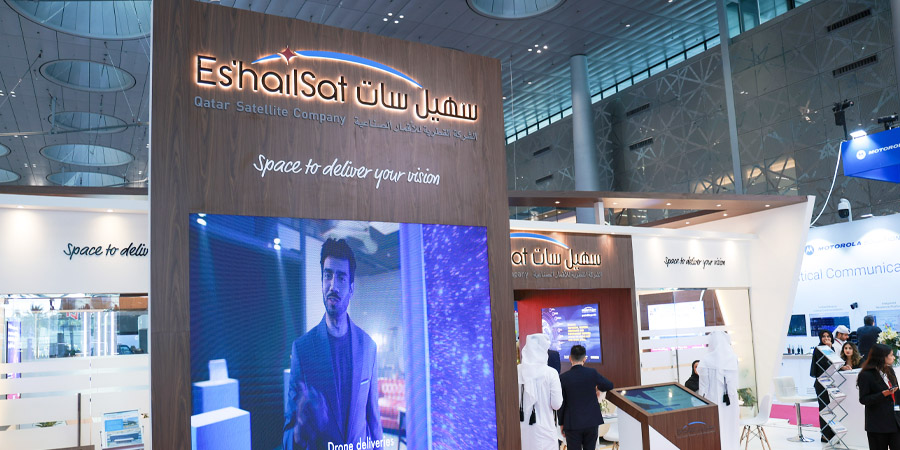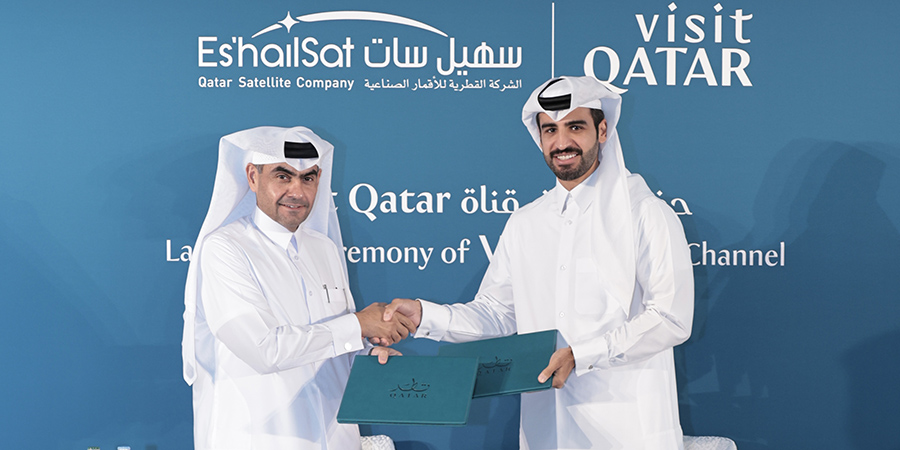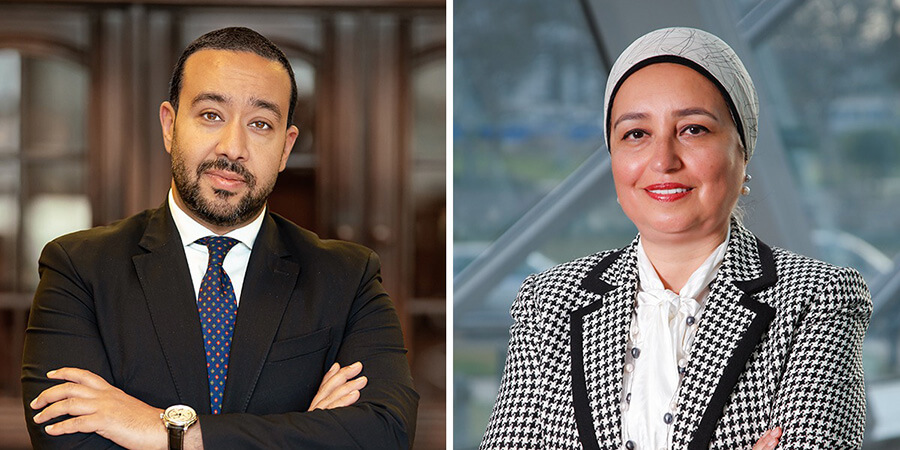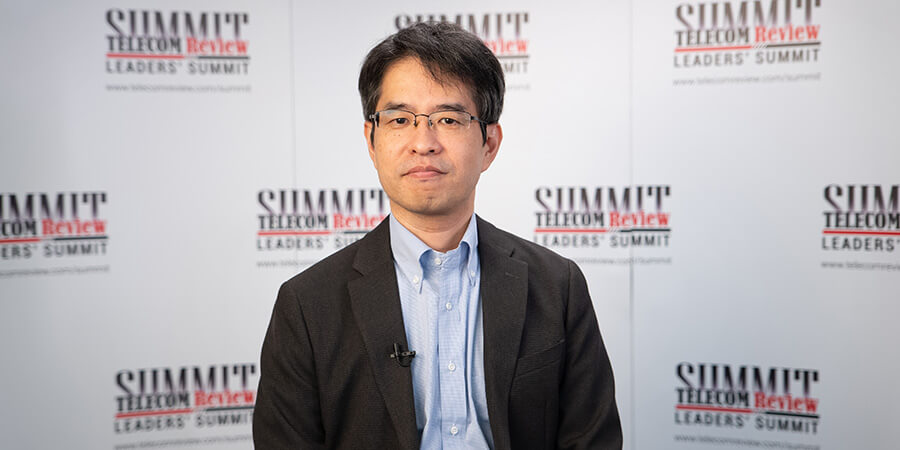The UAE Drones for Good Awards held from 4 to 6 February showcased the most innovative drone concepts from the UAE and around the world. With showcases from big brands like Nokia and Etisalat, and even the UAE Government itself, the exhibition did not disappoint. Set up in Dubai Internet City, and launched by His Highness Sheikh Mohammed bin Rashid Al Maktoum, Vice President and Prime Minister of the UAE and Ruler of Dubai, the event proved just how much society can benefit from exceptional drone technology for the greater good.
The Drones for Good competition saw groups from around the world come together to compete for an international prize pool of AED 4.6 million and a smaller prize pool of AED 1 million for national entrants. Guests were treated to refreshments served by an astonishing mechanical arm in addition to intriguing drone demonstrations. While there was some truly impressive exhibitors throughout the showcase, over the course of three days, the international awards category eventually came down to three finalists and one winner.
""The UAE Drones for Good Award aims at highlighting the latest developments in drones technology and its diverse uses in various sectors, including emergency and logistics services,"" said Amer Abdulraoof, deputy coordinator general of the UAE Drones for Good Awards.
In the end, it was a drone able to detect and repair damage to pipelines and a multi-purpose drone that can submerge itself in water that took away the esteemed prizes. The winners had to display usefulness for society and a desire to do something good for humanity. The team who took away the prize for national drone was led by Talib Muhammed Alhinai, an Emirati PhD candidate at Imperial College London, and supervised by Dr. Mirko Kovac, for their BuilDrone concept. According to Kovac, the AED 1 million winnings will be used to further expand on their work.
""Usually leaks are repaired manually. Humans will go there, the facility needs to be shut down and it takes time. It can be very dangerous for humans and very costly and it's labour intense and complex,"" said Kovac. ""What we offer is a solution. A drone can go to the site, inspect where the leak is, inspect the damage, and then repair it on-site without any human intervention.""
The international prize, collecting a whopping $1 million prize, went to Osamah Rawashdeh, the project leader of the Loon Copter team from Oakland University in the United States. His versatile drone can be used in a variety of ways, able to fly or operate on the surface of water, and can even dive underwater like a remote control submarine.
""It's a platform,"" Osamah explained. ""Some of the applications that people have approached us with are monitoring of oil spills, for search and rescue, inspection of bridges, or to see whales or sharks approaching, and carry deterrents.
There's a lot of negative publicity lately with drones,"" Osamah later added. ""There are privacy issues, people flying around airports, and of course their military use.""
The competition also involved an AI and Robotics Award for Good which was awarded to the Al Murshid Thaki (Arabic for ""Smart Guidance System for the Blind"") robot and also by the UC Berkley Suit-X, an exoskeleton system designed to improve the physiological gait development of children. Overall, the international drone competition drew a total of 1,017 submissions from 165 countries, while the robotics competition drew 664 submissions from 121 countries.
Telcos committed to Drones for Good
The use of drones is becoming a common phenomenon with many industry sectors profiting from their benefits. The Drones for Good showcase provided an opportunity for various leading players in the telecommunications industry to demonstrate their latest drone technology, and how they are using the technology for the greater good.
Nokia Networks, a global leader in the technologies that connect people and things, powered by the innovation of Bell Labs, took the chance to showcase its innovative Unmanned Aerial Vehicle Traffic Management (UTM) concept for the safe operation of UAVs via LTE. An LTE network is a secure foundation for network operators, governments and public safety authorities to monitor and control drones.
Multiple industry sectors, including healthcare, logistics, agriculture, news and entertainment are embracing the benefits of drones, but carefully managing UAV growth which is a challenge for governments and aviation authorities. Nokia's technology provides centralized monitoring and control of UAVs via an operator's existing LTE network or dedicated LTE networks run by government or public safety departments. It's a bold step into the world of IoT.
""In Dubai there is a lot of talk about smart cities and IoT,"" said Joachim Wuilmet, head of Marketing and Corporate Affairs, MEA, Nokia Networks. ""My definition of IoT is a combination of four different elements that needs to happen for what I believe is the real IoT: The first element is connected objects that basically send and collect data, such as temperature readings, humidity, or population statistics,"" Wuilmet explained. ""The second element is the ability to have data transmitted; for instance, sending collected data to a cloud. The third element is making sense of the data that is collected, because when you have millions of sensors, not all of the information collected is relevant. Therefore, analytics intelligence is essential to aggregate the data and make it useful. The fourth and final element is to make a decision from the data, which can be automated, or you can keep it human controlled.""
Nokia has never been considered a drone-making company, but rather all of its core expertise is directed at enabling the Internet of Things. Drones could play a big part in the evolution of IoT, collecting and sending information, hence Nokia's involvement with the development of drone technology. The drone technology Nokia showcased is an example of making cities smarter, but also to make cities safer.
""Slowly drones are serving more of a purpose, especially for companies like Amazon considering drone delivery,"" said Mr. Wuilmet. ""We see a potential risk of having all these flying objects out there without consistent control. This is where UTM comes into play. At this stage it is still very much a concept. We connect the drone using LTE technology, and it can stream information back to the UTM which is basically a control centre whereby the authorities can follow information in real-time. UTM is an example of putting Internet of Things into context, to make the city not only smarter, but also safer.""
Etisalat, one of the major internet hubs in the Middle East, providing connectivity to other telecommunications operators in the region, also took the chance to showcase its drone technology at the Drones for Good exhibition. At the previous 2015 awards, Etisalat took home the national prize, which according to George Held, VP/Commerce, Etisalat, gave them the energy and inspiration to drive the concept forward.
""Etisalat is using drones in commercial operations right now in many of our cooperating regions,"" said Mr. Held. ""Etisalat is present in over 18 countries in this region. We use drones for two main purposes. One is to transport medicine; our drone is equipped with lots of sensors to detect an emergency. The drone is able to beam information back to a hospital location and a professional doctor can offer medical expertise. It really is for good and is currently in commercial operation, with 200 in three countries.
""The other purpose for our drones is to transport polio vaccine. Etisalat is present in three countries where polio is active which are Nigeria, Pakistan and Afghanistan. The biggest challenge with polio is being able to transmit vaccine at a temperature of 2 degrees. To do this, we have small fridges which we put the polio vaccine into and can then be transported by the drone to remote locations for medical professionals to administer the vaccine. It's a real life execution and not just a concept. Thanks to the Drones for Good award we received last year, it gave us the energy to drive the idea further.""
When Etisalat first started exploring its drone initiative, one of the biggest challenges was the battery life of drones which commonly only lasts for about an hour at most. ""When you need to fly stuff from Lagos the border of Niger, most drones cannot make the distance,"" said Mr. Held. However Etisalat, as a Telco, is in a unique position where it has base stations every 30-40 kilometres throughout its operational areas which are equipped with power generators. Therefore, they can fly drones from one base station to another where engineers can charge the drones and send them on to the final destination.
Of course, like with many drone operations, Etisalat has faced problems: ""One of the problems we have faced is that a couple of our drones have been shot down in northern Nigeria,"" Mr. Held explained. ""But this is the way we look at it: The cost of the device compared with the cost of the lives we are saving doesn't compare. Yes there are restrictions and we are working closely with governments to counter them.""






